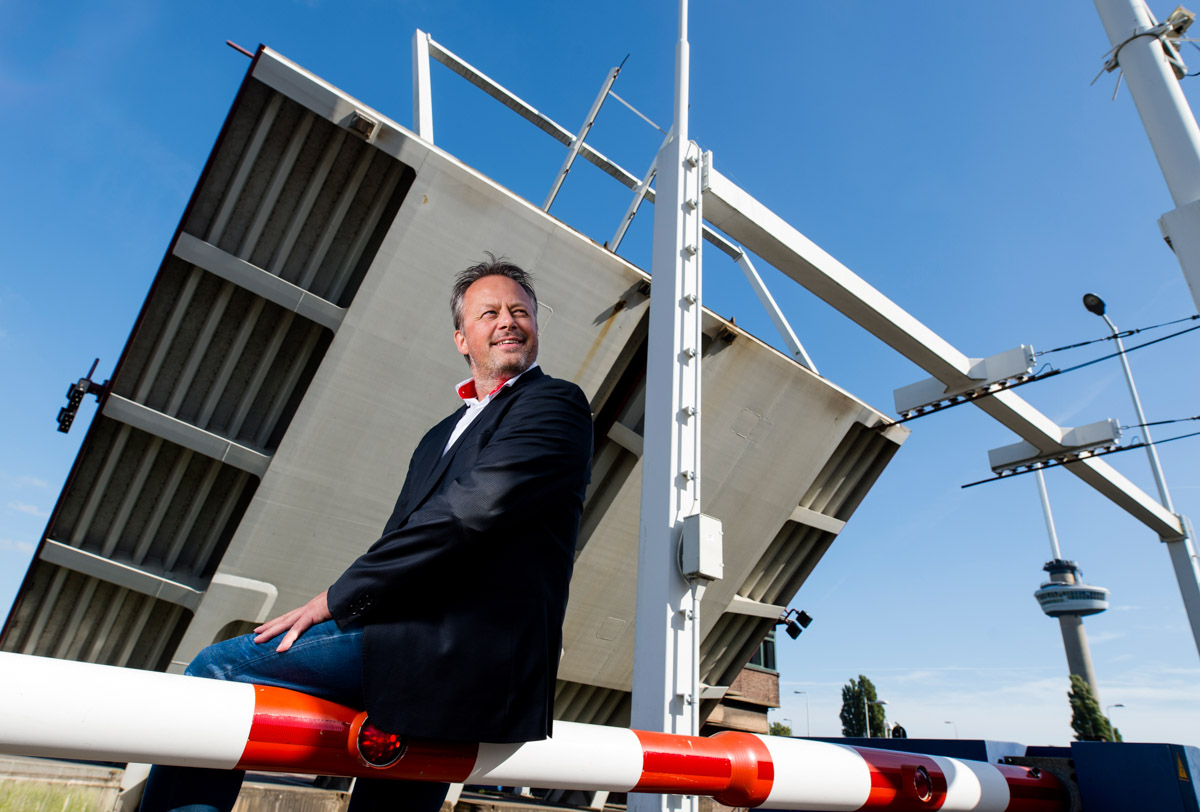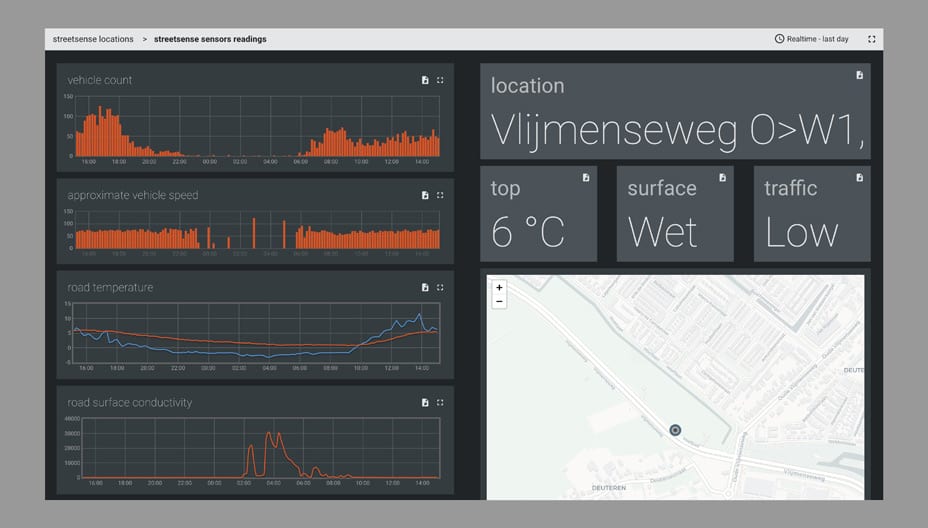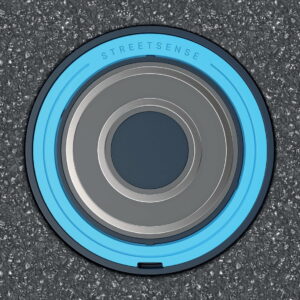Infrastructure and traffic: from offline to online
At SODAQ, we value investing in good long-term partnerships. A great example of this is Mobility Sensing, the joint venture we founded in 2016, together with Tom van de Ven. The aim of Mobility Sensing is to bring infrastructure, such as bridges and streets, online. We spoke with Ollie Smeenk, CEO of SODAQ, and Tom van de Ven, co founder and CEO of Mobility Sensing, about the origin of the collaboration, the mutual relationship, the innovative services of Mobility Sensing, and the future.
The origin of Mobility Sensing
Tom explains that in 2016, he was involved in a program called ‘Talking Traffic’, an innovation program designed to make traffic in the Netherlands smarter. There are 1,500 bridges in the Netherlands, however, at that time, only 50 reported real-time data on whether they were open or closed. This prompted the Ministry of Infrastructure and Environment to look for possible solutions, to solve this issue. In his search for answers, Tom soon encountered SODAQ. “They had just released the SODAQ One at the time, and I wondered: if we were to mount that sensor on a bridge, we could easily tell whether it was open or closed.” So with SODAQ’s IoT knowledge, Tom was able to realize his goal.

“We soon realized the potential of IoT to significantly reduce the costs for monitoring traffic and transport infrastructure. That is why we decided to name the company ‘Mobility Sensing’, with BridgeSense as its first product. The first customer was the Province of South Holland, who asked us to take all their bridges online with BridgeSense. Over the past five years Mobility Sensing became the market leader in reporting bridge openings in the Netherlands.
Ollie explains the choice for a joint venture: “SODAQ has a lot of intellectual property in the form of hardware, software and industrial design and this was a very good opportunity to set up a new entity that can share some of those intellectual property rights. In addition, it is interesting for SODAQ to go a bit broader than just doing a few things on a large scale. We do not want to lose focus as a company, but we do want to use the technology as widely as possible.”
One thing leads to another
“After we had rolled out BridgeSense for the Province of South Holland, they approached us again about whether we were interested in making a proposal to monitor shipping traffic. For this, we have developed the system BoatSense, in collaboration with SODAQ, which is currently being used along all major waterways in South Holland. It provides a live and complete overview of all vessels on the rivers and canals.
Another service from Mobility Sensing is StreetSense, designed to take every street online. Tom explains: “An average street is just a piece of asphalt. We don’t actually know anything about it. Not how many cars pass over it, nor if it needs maintenance, and not even if it is safe to drive. With SODAQ’s IoT technology, we can bring streets online for a relatively low price. Recently we also took the step to not only share the information with the road operators, our primary customers, but also with drivers using the street. The StreetSense devices can, for example, warn car drivers about black ice. It sees whether the road has been gritted, what the temperature is and whether the road surface is wet. Based on this, it can reliably determine if there is a risk of black ice forming for each street. I believe that to be unique.” From a sustainability point of view, Ollie thinks it’s great that we can reduce the amount of salt needed to grit the roads in this way. “The less we grit, the less damage road salt does to the environment.”

Good synergy
The two companies represented in Mobility Sensing complement each other. Ollie says: “On the one hand it is important to have a good product, but if you do not know the market, it is difficult to do anything with it. Tom and his team bring the knowledge and experience in the field of mobility.” “SODAQ has expert knowledge in the field of electronics development and smart use of energy. I think we complement each other very well in that regard,” adds Tom. “We want to be innovative, come up with solutions that didn’t previously exist,” he continues. “But more importantly, we have proven we can operate our sensor networks in the most challenging conditions – we always deliver on our promises.”
A look at the future
Tom and his team strive for continuous innovation. An example of a new solution is a prototype of a sensor, which can signal whether a bridge is about to get stuck. The gap between the bridge deck and the abutment is monitored. Due to high temperatures, steel bridge decks expand, closing the gap. If it becomes too small, it must be cooled so that the bridge does not get stuck. With the sensor, you can see exactly when this is necessary, significantly lowering the number of times a bridge needs to be cooled.
For now, the focus is on the international roll-out of StreetSense. In the Netherlands and Belgium, it is offered as a service and abroad resellers are selected based on their expertise and market potential. “Thanks to SODAQ’s technology, we can also perform software updates over the air for existing devices,” says Tom. That is why we will not only focus on counting traffic but also on making a distinction between, for example, cars and trucks. There are a number of other developments, including counting traffic by direction of travel. We know that our hardware is robust and that it works well and energy-efficiently. Now we can add more and more functions.”

Do you want to know more about Mobility Sensing?
Visit the website: https://www.mobilitysensing.com or follow them on LinkedIn.